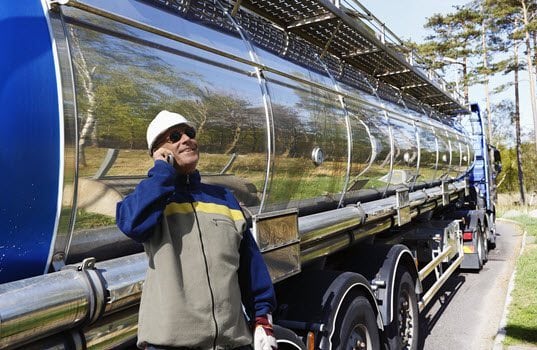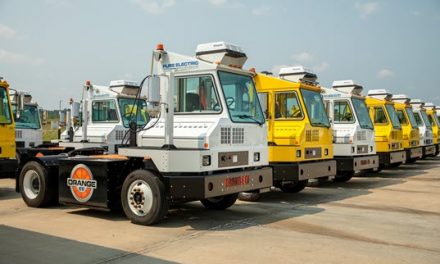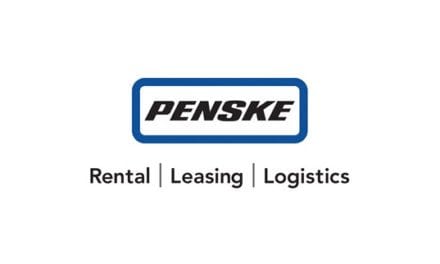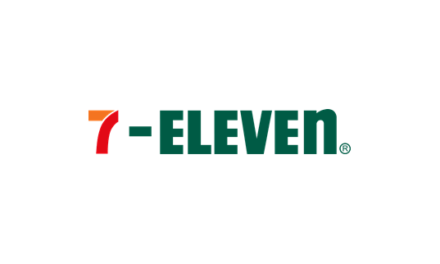By Mark Murrell, CarriersEdge
The annual Best Fleets to Drive For program, http://www.bestfleetstodrivefor.com, is dedicated to uncovering the best workplaces and best practices in the North American trucking industry. Produced by our company, CarriersEdge, in partnership with the Truckload Carriers Association, the program evaluates more than 100 nominated fleets and collects thousands of driver surveys each year. The resulting data provides a clear picture of what’s working at fleets of all sizes.
The nomination and evaluation process is rigorous. Nominated fleets must gather many driver surveys and data from all departments, and are evaluated across a range of performance criteria. The evaluation identifies those companies most successful in creating a work environment in which drivers feel valued. More than half don’t make it to the final round. Those that do demonstrate that they have strong management and employee teams with the ability to communicate and collaborate effectively. Finalists that earn the coveted Best Fleets to Drive For honor show mastery in developing recipes for success. Last year, the Top 20 Best Fleets featured several bulk transport and tank carriers.
Each year, we update the corporate questionnaire and driver survey to reflect new ideas and trends discovered in the previous year. This process captures best practices as they’re emerging, ensuring winners always reflect the latest innovations. As we’ve been examining nominations for the 2018 honors, we’re seeing innovations break down nicely into two main themes – expanding communication and demonstrating respect for drivers.
Expanding Communication
Gone are the days when an open-door policy and suggestion box represented the foundations for communication with drivers. Over the past few years, the transportation industry’s Best Fleets have continually been working on new ways to keep drivers in the loop and engaged. This year, fleets continue those efforts with:
- Townhalls
Moving away from the traditional weekly meetings, the most innovative fleets deliver documents and policy updates through interactive townhalls over the web or by satellite. For example, some fleets hold monthly meetings with drivers through a web conferencing tool. Drivers participate by using a laptop, PC or mobile device or by calling in through a conference line when they don’t have access to the internet. Drivers can also view a full recording of the meeting if they can’t attend during the live session. The carriers find that by using web conferencing, drivers can participate in more collaborative and interactive discussions. And since drivers can view the meetings later, they can stay in the loop and still meet their schedules. - Committees
Some tank carriers treat their driver committees like town councils. The driver council for Bay & Bay Transportation, which operates a full-service dry tank non-food grade transportation division – http://www.bayandbay.com/dry_tank.php, is made up of six drivers who represent different segments of the company. The company ensures all constituencies are represented while also maintaining continuity by keeping a third of the drivers on the council and replacing two-thirds with new drivers annually. To offer greater transparency, discussions from the council’s quarterly meetings are reported in a newsletter distributed companywide. - Vehicle Spec’ing
Bulk and tank fleets involved in the Best Fleets program uniformly provide newer, higher end equipment to drivers, with the average age of their fleets rarely exceeding two years. With much equipment spec’ing to be done, more and more fleets involve drivers through driver committees or by collecting their feedback. - Equipment Management
Regular maintenance beyond the routine oil changes and inspections is just as important as acquiring new gear. That’s why participating fleets have been developing increasingly more elaborate communication processes between drivers and shops to gain optimum efficiency. For example, fleets gain increased automation in their maintenance shops by connecting their trucks’ ECMs to their shop maintenance management systems.
Demonstrating Respect
Everyone says they respect their drivers. But since actions speak louder than words, Best Fleets pursue new ways to demonstrate respect regularly. Some of the less obvious examples include:
- Hometime
Best Fleets know drivers covet hometime, particularly during those must-attend events such as weddings, anniversary celebrations, graduations and birthdays, including quinceaneras. With their drivers on the road so much, Best Fleets are implementing new policies to focus on their accuracy in getting drivers home on time and then measuring their success. - Recognition
Moving beyond the traditional annual recognition banquets, some carriers hold events more frequently throughout the year. Plus, they recognize drivers not only for the safety milestones and driver of the month honors, but also for various anniversaries, positive customer feedback and other accomplishments such as high fuel efficiency milestones through a ceremony at the company’s headquarters or through social media. - Coaching
Over the past four years, driver coaching has changed. Previously, fleets provided coaching and mentoring programs for new hires, or drivers in finishing programs, but only for a short time. Now, coaching continues for a year or more, and in some cases, it never completely stops. Also, with a greater prevalence of dashcams, coaches have access to more data, improving their overall effectiveness. - Everyday Equality
Best Fleets recognize how locking drivers out of the building and making them use a driver window to speak to co-workers can easily undermine great driver programs. One industry leading bulk carrier not only provides drivers direct access to co-workers at its terminals, but also goes beyond equality by offering drivers amenities at their terminals. The company’s head office is a self-contained small town offering a doctor’s office, hair salon, movie theatre, and restaurant. Drivers and management can often be seen working out together in the gym, and the owner regularly plays basketball with drivers.
Just looking at the eight areas above, it’s easy to see how much and how quickly the industry is changing. While these activities barely registered in the survey results we saw five years ago, they’re becoming more commonplace now. As always, it will be fascinating to see what this year’s crop of Best Fleets are doing for their drivers, and how those chosen for the 2018 Best Fleets to Drive For honor raise the bar for innovation.
 Mark Murrell is co-founder of CarriersEdge, a leading provider of online driver training for the trucking industry, and co-creator of Best Fleets to Drive For, an annual evaluation of the best workplaces in the North American trucking industry produced in partnership with Truckload Carriers Association. He can be reached at www.carriersedge.com
Mark Murrell is co-founder of CarriersEdge, a leading provider of online driver training for the trucking industry, and co-creator of Best Fleets to Drive For, an annual evaluation of the best workplaces in the North American trucking industry produced in partnership with Truckload Carriers Association. He can be reached at www.carriersedge.com









